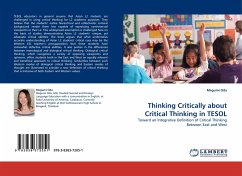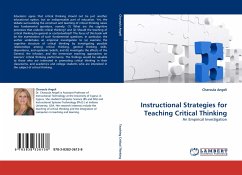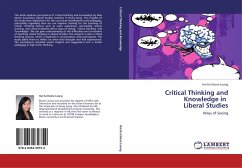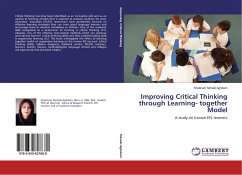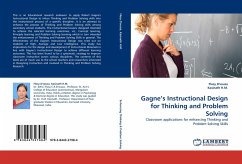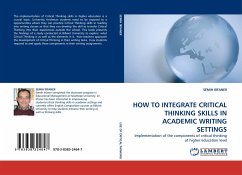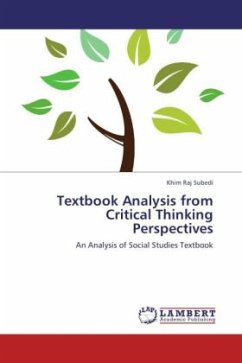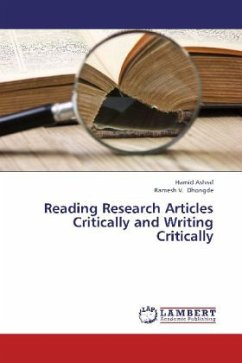TESOL educators in general assume that Asian L2 students are challenged in using critical thinking for L2 academic purposes. They believe that the students native hierarchical and collectivistic cultural background render them less capable of expressing controversial viewpoints in their L2. This widespread assumption is challenged here on the basis of studies demonstrating Asian L2 students unique, yet adequate critical abilities. The book argues that what undermines accurate understanding of Asian L2 students' critical cues may be the Western ESL teacher s presupposition that these students have somewhat defective critical abilities. It also probes in the differences between monological and dialogical critical thinking. Dialogical critical thinking, which recognizes a variety of opposing viewpoints and opinions, offers students both in the East and West an equally relevant and beneficial approach to critical thinking. Similarities between such Western modes of dialogical critical thinking and Eastern modes of thought are illustrated to provide a new definition of critical thinking that is inclusive of both Eastern and Western values.
Bitte wählen Sie Ihr Anliegen aus.
Rechnungen
Retourenschein anfordern
Bestellstatus
Storno

